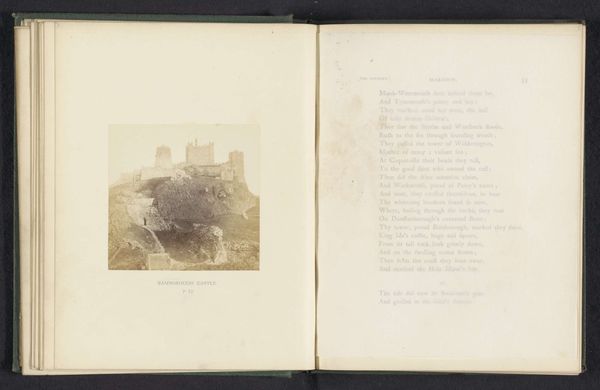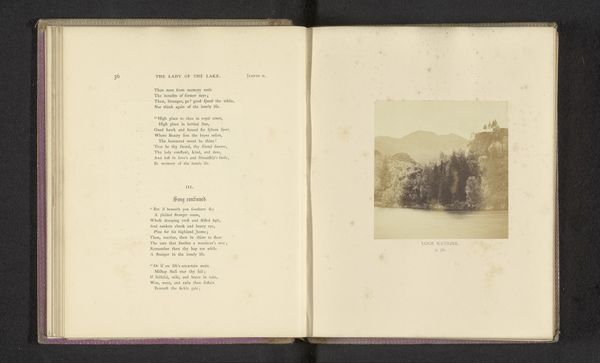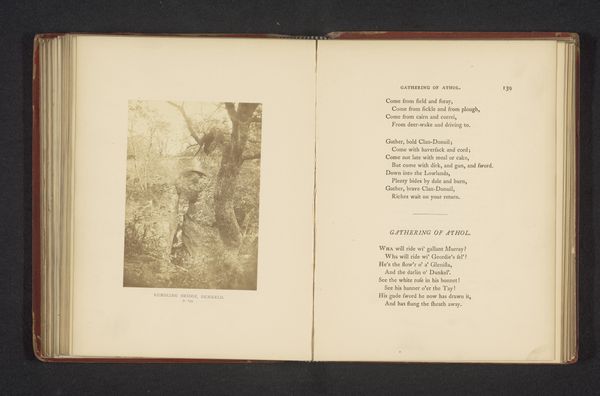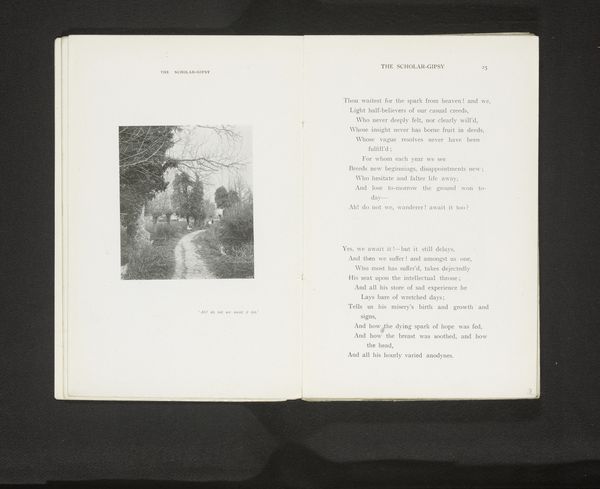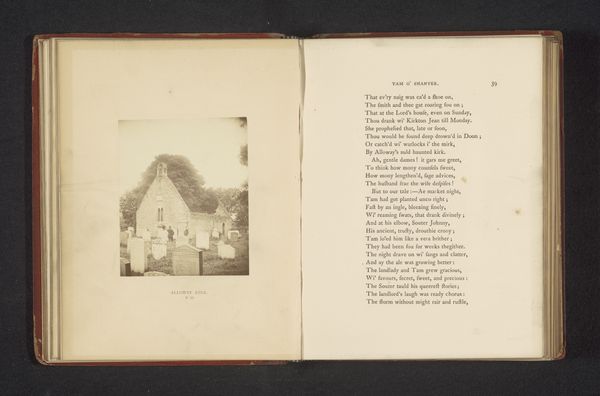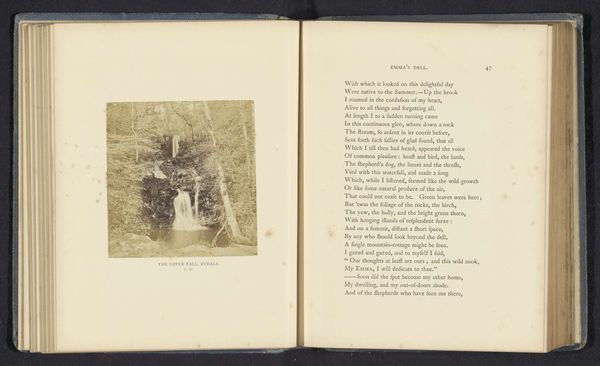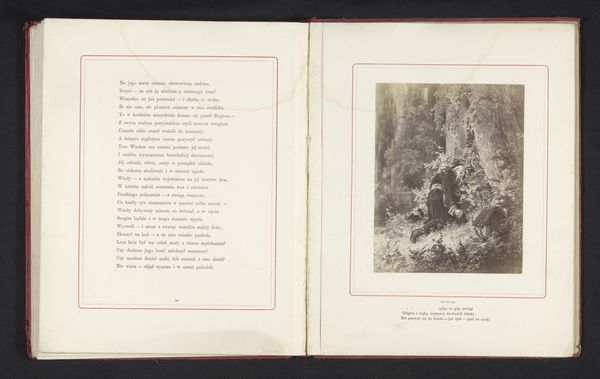
print, photography, site-specific
#
medieval
# print
#
landscape
#
photography
#
site-specific
#
building
Dimensions: height 83 mm, width 84 mm
Copyright: Rijks Museum: Open Domain
Curator: This photograph, taken by Thomas Annan before 1866, offers a view of Durham Cathedral. It's interesting to see how photography was used at the time to document such significant architectural and historical sites. Editor: Immediately, I'm struck by the weight of history conveyed through this image. There's an almost ethereal quality, like looking at a place that exists both in reality and in the realm of legend. Curator: Absolutely. Durham Cathedral represents not only architectural achievement but also the powerful influence of the church within society during the medieval period. Its placement on a hill underscores its dominating role, physically and symbolically, over the surrounding area. Editor: And consider the symbolism embedded in the cathedral’s design—the pointed arches reaching for the heavens, the cruciform layout, all meant to visually communicate faith and spiritual aspiration. Beyond this, the Cathedral holds very concrete meanings - the authority of the Norman conquest and its imposition onto English cultural memory. Curator: You are right. And photographs such as this helped disseminate this image of power, architecture as visual propaganda, reinforcing those ideologies at a distance through the reproduction of this picture. How do you see Annan’s use of light affecting that representation? Editor: The soft, diffused light adds to this sense of timelessness but equally shrouds certain parts of the Cathedral with shadows. Light and shadow always hold symbolic resonance, life and death. Here, that symbolism creates an almost mournful grandeur. But on the topic of death, this Cathedral was of course made to house St Cuthbert's relics as an important pilgrimage site. Curator: Precisely, a sacred place documented at a time when ideas around religion were already experiencing seismic shifts within society. Photography, at this moment, can be thought of both capturing the religious monument, while possibly helping people re-evaluate its cultural meaning. Editor: It's a testament to the enduring power of visual symbols and their ability to continuously reshape our understanding of the past. Curator: Indeed, studying these images gives us such unique perspective into how people were negotiating historical spaces within their present.
Comments
No comments
Be the first to comment and join the conversation on the ultimate creative platform.

